They say history is like a wheel that always keeps turning, and nowhere is this more true than at the monthly Nelson Mandela Square Antique Fair. Held on the first Sunday of every month, this fair features everything from antique cameras to tea sets, snuff boxes, coins, jewellery, and glassware. With its 42-year history and tables heaving with antique and vintage curiosities, it's a treasure trove that continues to attract people from all over. Recently, we showed you four antique items on Instagram and asked you to guess what they are... now we reveal the fascinating answers, with a little history thrown in for fun.
Antique silver-cased thermometer
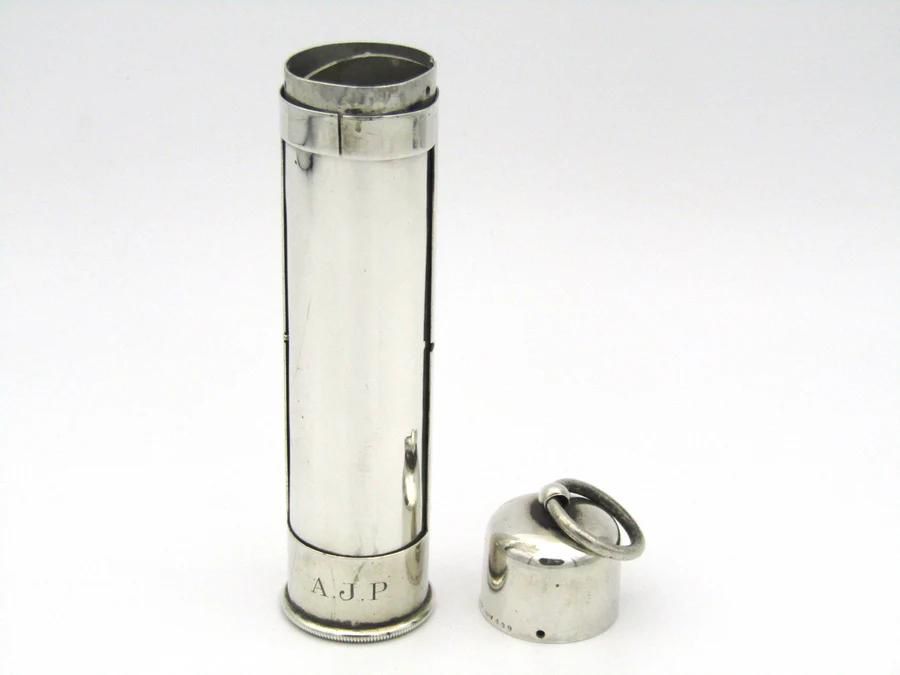
In Victorian England (1837–1901), antique silver-cased thermometers were worn on a chatelaine (a belt hook with a series of chains suspended from it, each used to hold useful household items such as scissors, watches, thimbles, keys, and smelling salts) by the keeper of the household. Today, thermometers are most commonly associated with the medical profession, but these thermometers were typically used to determine the weather.
The thermometer shown here is housed in a silver case that has a suspension ring to attach it to one of the chains on the chatelaine, and the case itself swivels open and closed to protect the glass thermometer inside from breaking and from fluctuations in air pressure that could affect its accuracy. The bottom is pierced to allow airflow through the item, and the scale of the thermometer itself is calibrated in Fahrenheit.
According to Time Magazine, the history of the thermometer dates all the way back to the time of Galileo Galilei, who wanted to create a device that could measure heat. He invented the 'thermoscope,' a device that could gauge heat but not measure it accurately as a thermometer does because it had no scale. In the early 1600s, Santorio Santorio added a scale to Galilei's thermoscope, and in the 1650s, Ferdinando II de Medici was credited with enclosing the thermoscope in a case so that it couldn't be affected by air pressure.
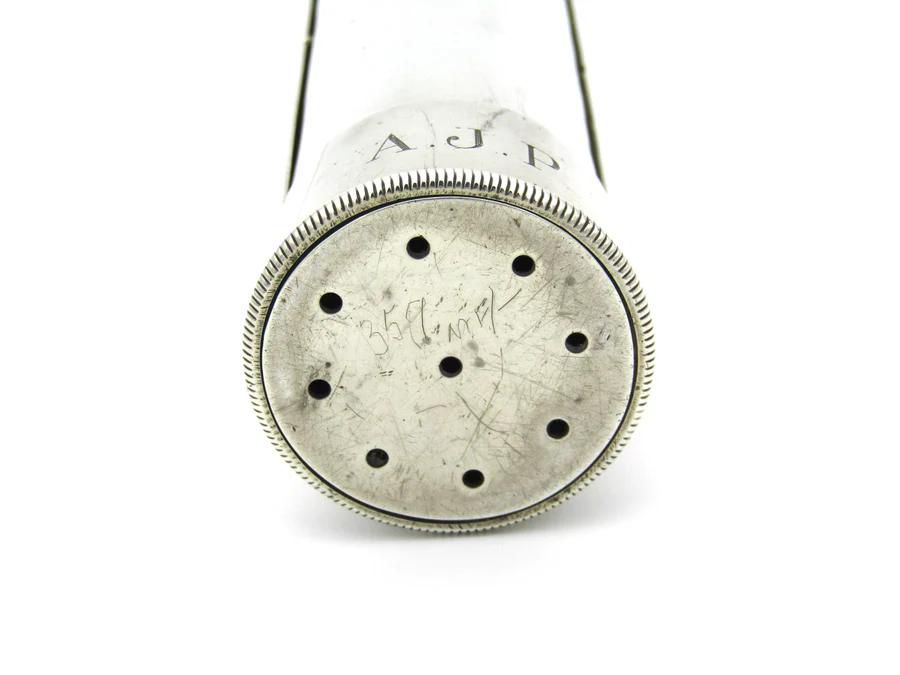
And yet, despite these improvements, thermoscopes still lacked a standard for calibration. People used nearly everything – from the melting point of butter to the temperature of the Paris observatory's cellar, the heat of glowing coals in a kitchen fire, or the warmest or coldest days of the year – as a reference point for measuring temperature. Finally, in 1701, Olaus Rømer came up with the idea to use the freezing and boiling points of water to calibrate a scale. While Rømer's scale wasn't all that accurate, his idea inspired both the invention of the Fahrenheit scale and the use of mercury to improve accuracy. And so, with a few more twists and turns in the story (including the birth of the Celsius scale), the modern-day thermometer was born.
Like us, Victorians used the weather to plan their days, activities, and outfits. Unlike us, however, they didn't have weather apps or the Weather Channel, which meant they had to rely on thermometers. Clearly, they cared about the temperature as much as we do. Some things never change, do they?
Antique tortoise shell needle case holder
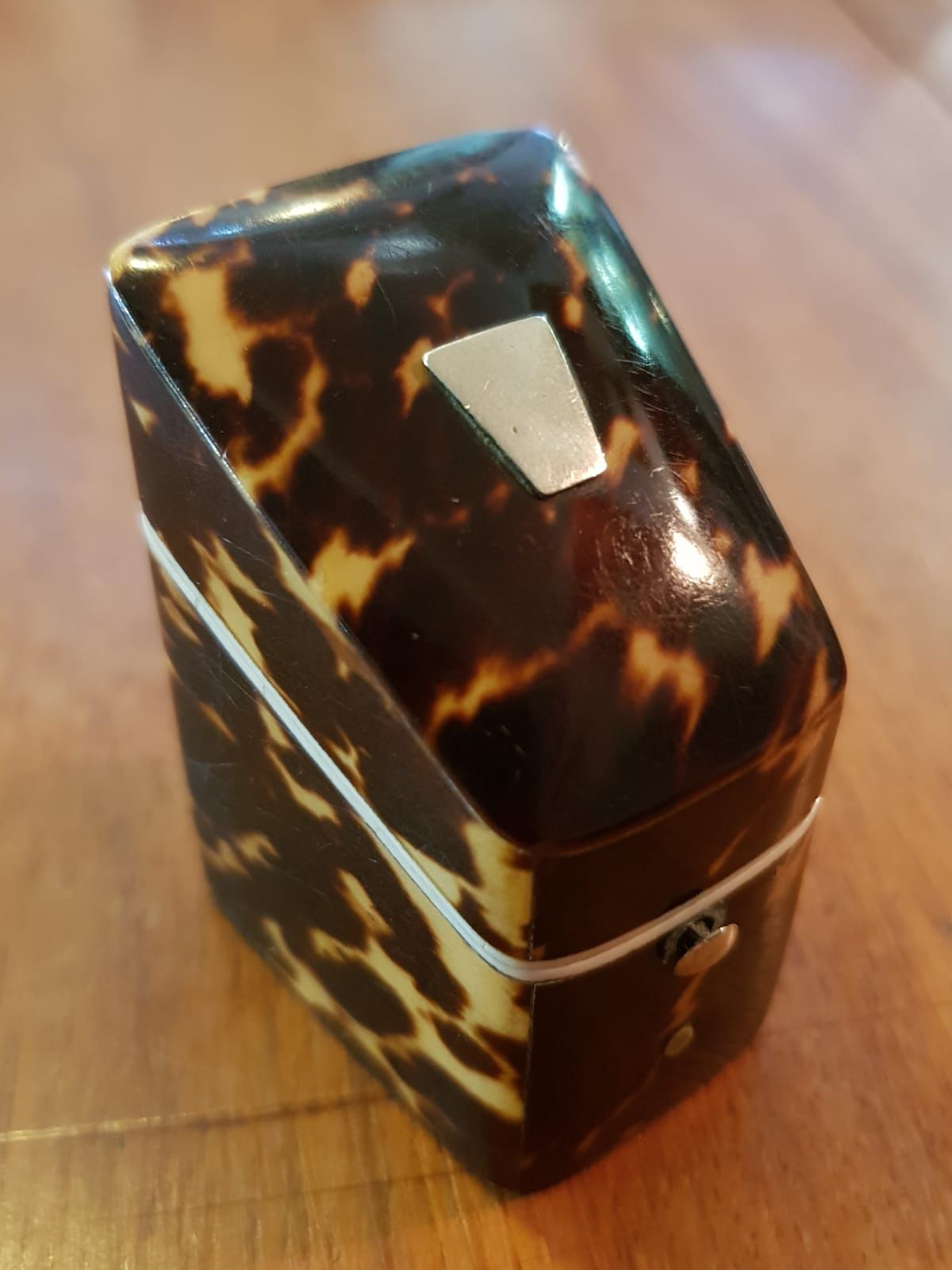
This exquisite box and others like it were used to hold packets of sewing needles between its slots. Dating back to Victorian England, sewing needles were precious items that could be lost quite easily. To avoid wasting time looking for their needles in haystacks, boxes such as these were used by Victorian women for petit point work and when hand-sewing clothes (no sewing machines here!). Fabric needle holders were also used by soldiers and kept in their knapsacks in case of emergency. The divisions in the case were used to separate needles of different sizes, and some needle holders could also hold buttons, thread, thimbles (the 'finger hat' that protects your fingertips from being pierced), and scissors.
This specific needle case holder was modelled on the shape of a Georgian knife box (boxes used to hold table cutlery), and has a silver cartouche (an oblong shape with a slightly convex surface) on its lid. It is also lined with velvet, and the divisions are made of ivory.
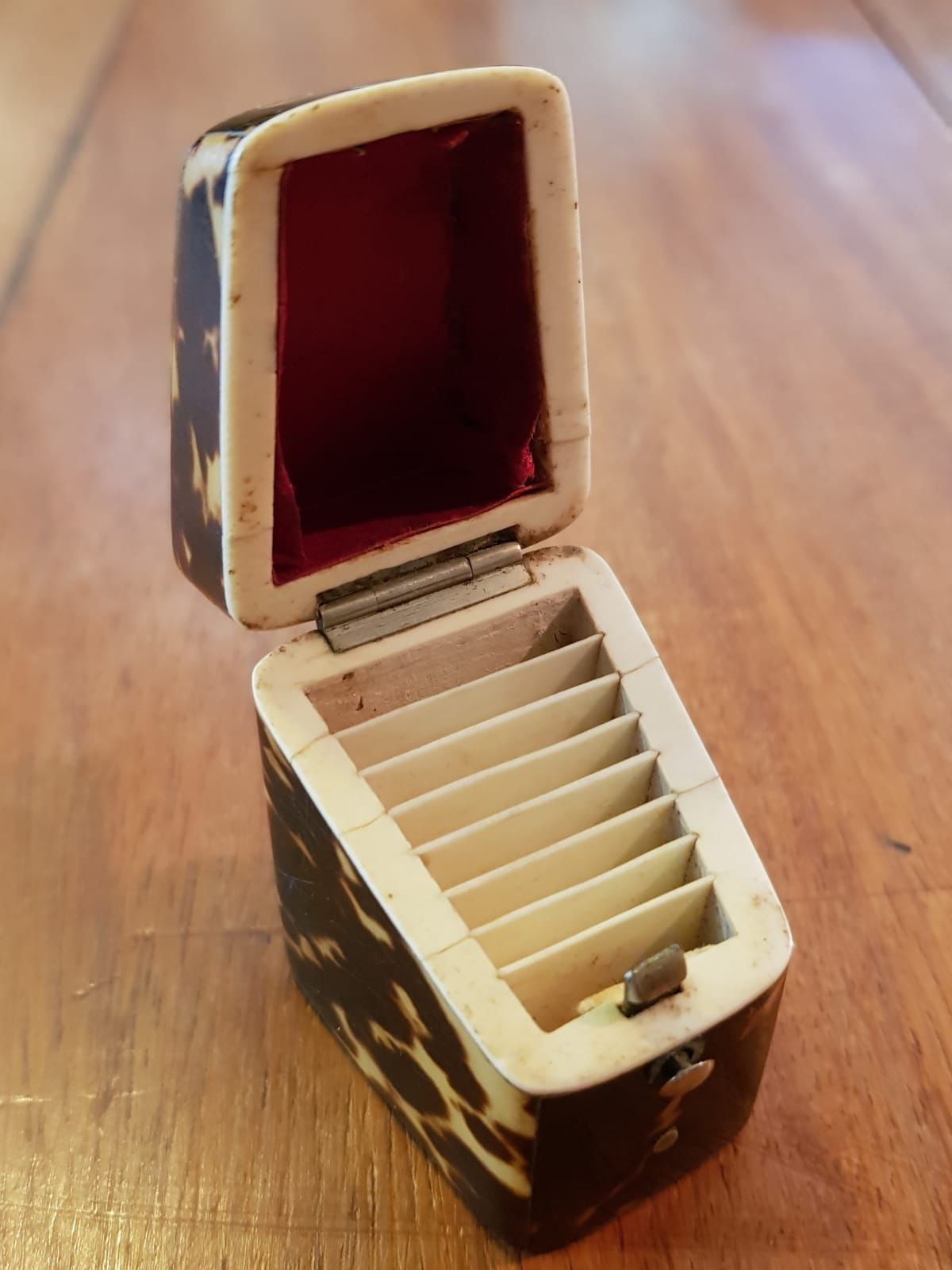
While a design such as this is particular to Victorian England, needle cases of all shapes and sizes have been found in cultures from many parts of the world. Bronze, bone, leather, brass, lead, wood, metal, and ivory were used to make these holders by nearly everyone, from Peruvians to the Vikings, and medieval Europeans to 19th-century Americans. While needles may have lost some value in our world, they used to be treasured items that allowed artisans to make beautiful cases that we can still enjoy today.
Antique silver bookmark
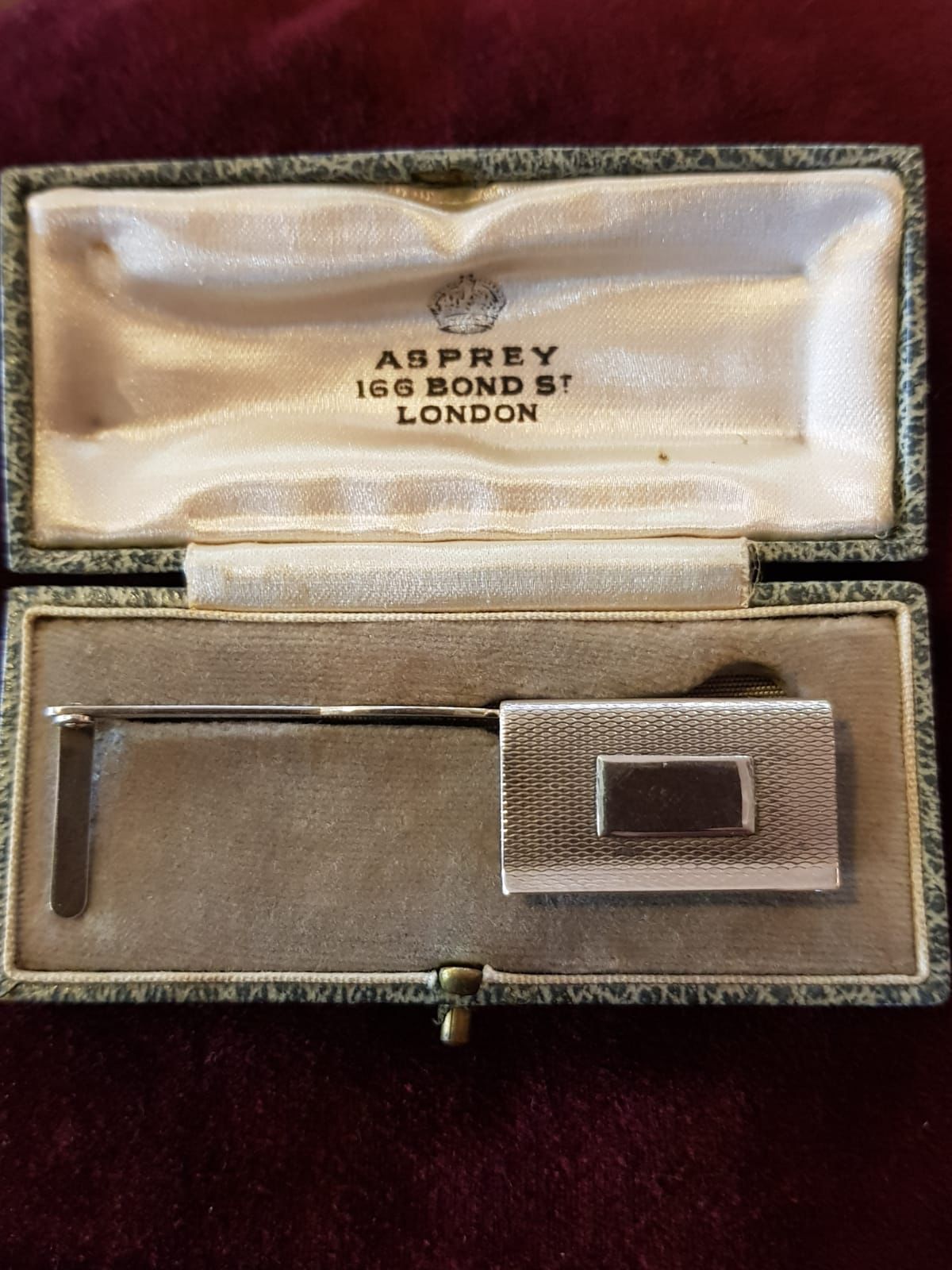
In the absence of television and the internet, Victorians (among others) often spent their time reading. As many book lovers will know, there is nothing more frustrating than losing your place in a book – which is why the bookmark was invented. Books as we know them today are called 'codexes' (as opposed to papyrus, scrolls, and stone tablets), and date back as far as Pergamon, Turkey, in the third B.C.E. Undoubtedly, the first bookmark came soon after, and as is the case with all technology, they became increasingly more intricate over time.
The featured bookmark is made of silver and has a novel design that includes a tiny book. If reading is not your thing, try using a bookmark like this – it is bound to make this ancient pastime more fun!
Antique silver vinaigrette
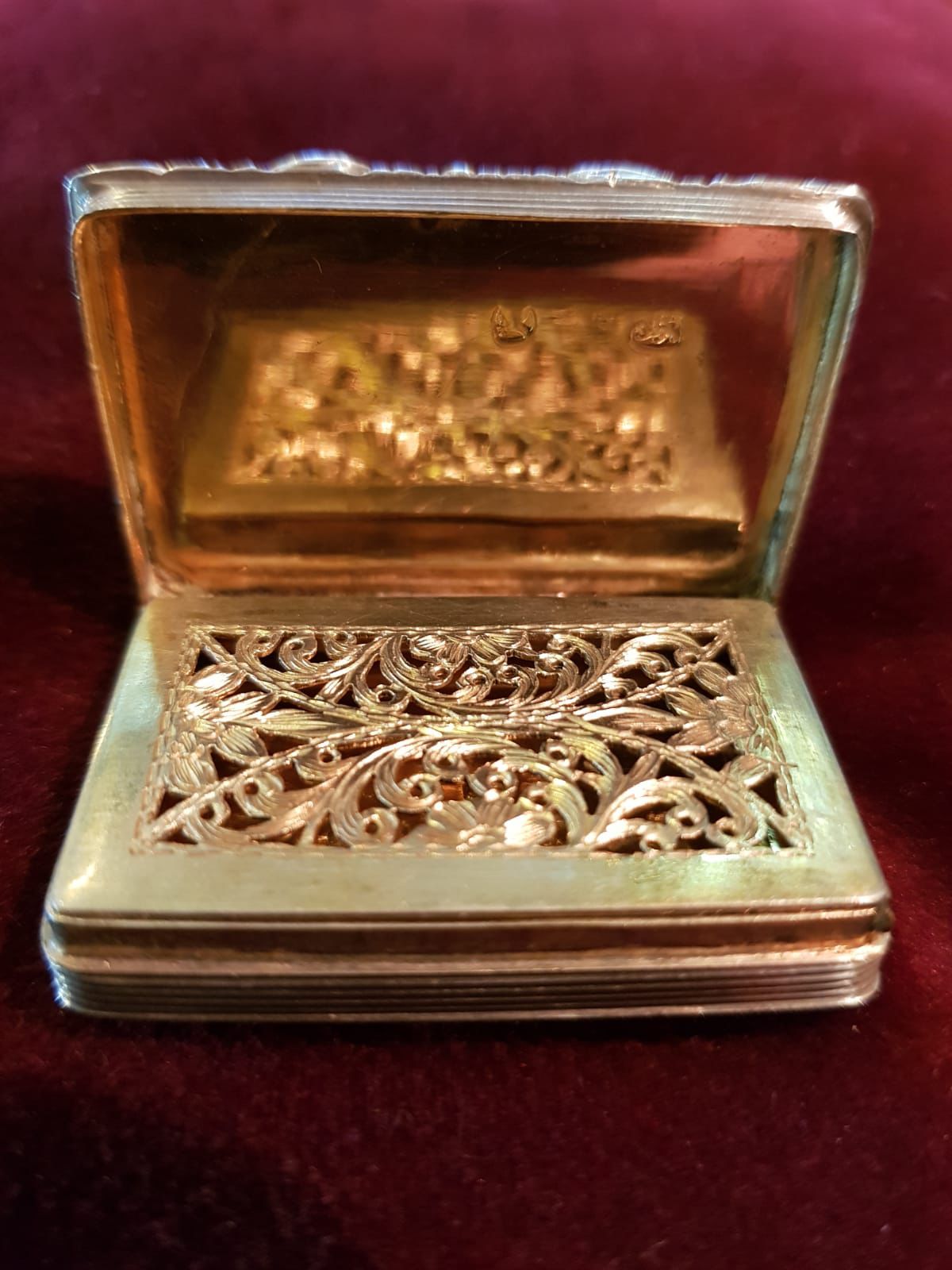
Today, 'vinaigrettes' are generally associated with cooking, but in the olden days, they were small containers that were used to hold aromatic substances for smelling by the vinaigrette's holder. Popular from the 18th century to the mid-19th century, vinaigrettes were used in times of 'olfactory distress' (such as wanting to escape a bad smell, of which there were many) or to revive people who have fainted. These delicate curiosities have a lid that opens to reveal a perforated grille, beneath which a sponge is held. The sponge was soaked in aromatic substances that were usually dissolved in vinegar, and could be opened and sniffed as and when needed.
In the days of Downton Abbey, baths were not as common as they are today, showers did not exist, and waste disposal infrastructure was not as we know it today. It is believed that there were many occasions for the use of vinaigrettes, and while we don't have these problems in common, these exquisite curiosities are still pleasing to the eye (if not necessarily to the nose).
The next antique fair at Nelson Mandela Square takes place on Sun, Oct 6 from 10:00 – 16:00, where the knowledgable dealers are too happy to chat with you about these and countless other curious and beautiful items on display. It's a treat – read about our recent visit to the fair here.


_m.jpg)
_m.jpg)
_m.jpg)


Comments